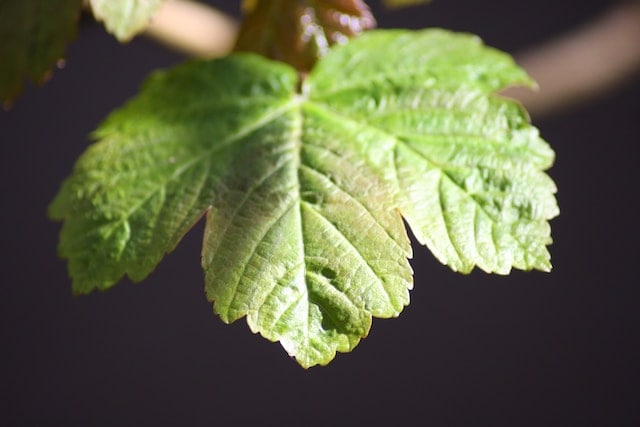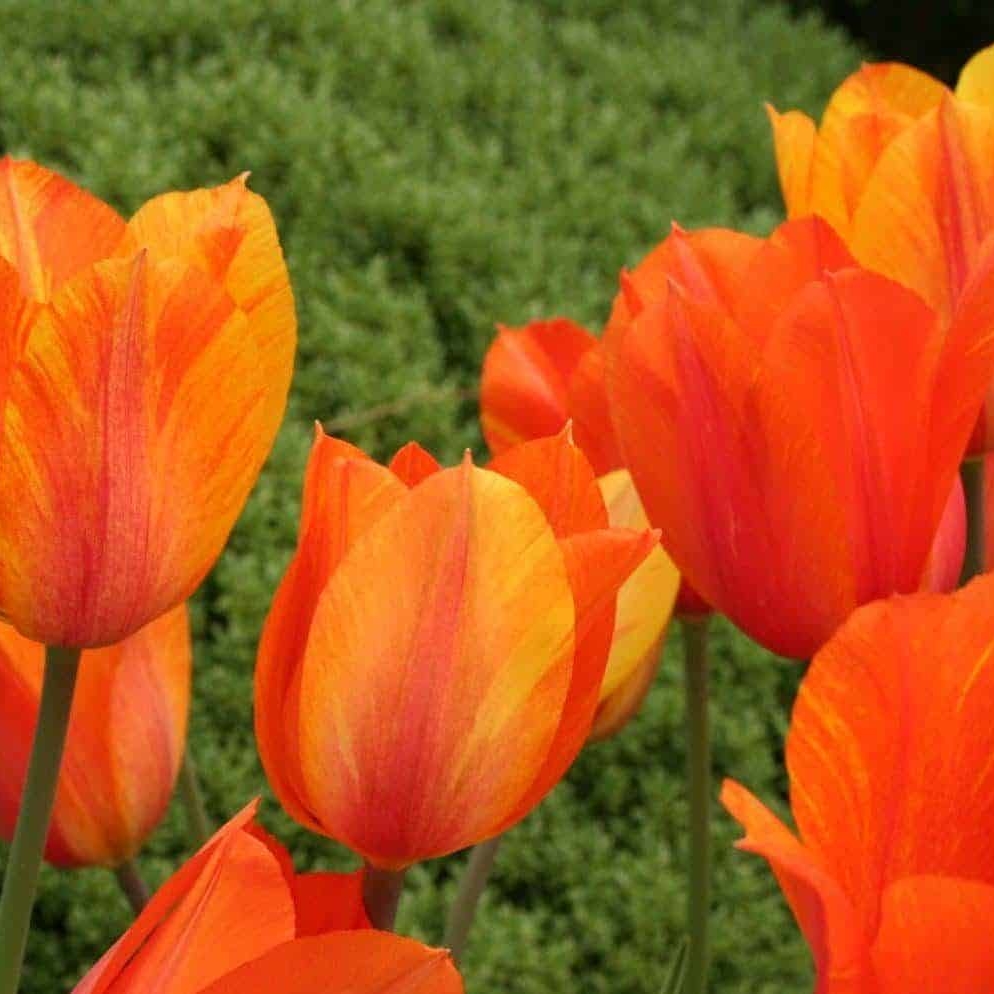Which is the best plant identification App?
Knowing the name of a plant is not about being able to show off your lofty botanical knowledge. The name of a plant is the magic key that lets you know what you’ve got, what it does and how you can care for it. In simple terms, you’ll be able to look it up on google or in a book. There are several popular and reliable plant identification apps available. However, keep in mind that the technology is constantly evolving. Here are some of the best plant identification apps that were widely used and highly regarded.
Which is the best plant identification App?
- GoogleLens: Although this is not strictly a plant identification app, it identifies all sorts of things by comparing your photo to what is on google images. A quick and easy way to get a rough idea what you’re looking at, and often pretty accurate. Also, most android phones already have it installed.
- PlantSnap: Allows users to identify plants by taking pictures of leaves, flowers, fruits, bark, and more. It has a large database and works in many countries.
- iNaturalist: A citizen science project and social network of naturalists, scientists, and citizen scientists. It helps users identify plants and animals by connecting them with experts and a community of nature enthusiasts.
- PlantNet: An image sharing and retrieval application for the identification of plants. Users can upload photos and get suggestions based on the visual characteristics of the plant.
- PictureThis: A user-friendly plant identification app that identifies plants and flowers from pictures. Moreover, it also provides plant care tips and gardening advice.
- Seek by iNaturalist: Seek is a companion app to iNaturalist that allows you to identify plants, animals, and fungi from your photos. Furthermore, it is designed to be user-friendly, it is especially good for kids and families.
- Leafsnap: Helps you identify tree species from photographs of their leaves. Focused on trees, this plant identification app is a joint project by researchers from Columbia University, the University of Maryland, and the Smithsonian Institution.
- Agrobase: More focused on agriculture. It provides information about pests, diseases, and nutrient deficiencies in plants. However, it also helps in plant identification.
Remember, the accuracy of plant identification apps can vary, and it’s always a good idea to double-check the results if you are unsure. Additionally, user reviews and ratings on app stores can provide valuable insights into the effectiveness of these apps.
Originally published October 2023 and updated June 2024
Owen Hayman
Owen joined the Bestall & Co planting and aftercare team in spring 2019. He is an RHS qualified horticulturist, holding a full Level 3 Diploma in Horticulture, and recently came in the top 3 at the Northern Regional Final of The Young Horticulturist of the Year 2019. After first doing a foundation diploma in Fine Art, he went on to gain a degree and masters in Plant and Soil Science from the University of Sheffield in 2014. Owen worked as a researcher on various field research projects in Alaska, Panama and Borneo. When not away in the field, he became obsessed with visiting gardens and nurseries across the British Isles and the Netherlands, developing his own garden, and then taking on a walled allotment garden as a personal project. He realised his true passion was in horticulture, and so moved away from academia and into the world of specialist plant nurseries and professional gardening.
Owen is now studying the Wisley Diploma, but continues to write articles for us on a monthly basis, and we're delighted to maintain contact with such a passionate and knowledgable plantsman.




